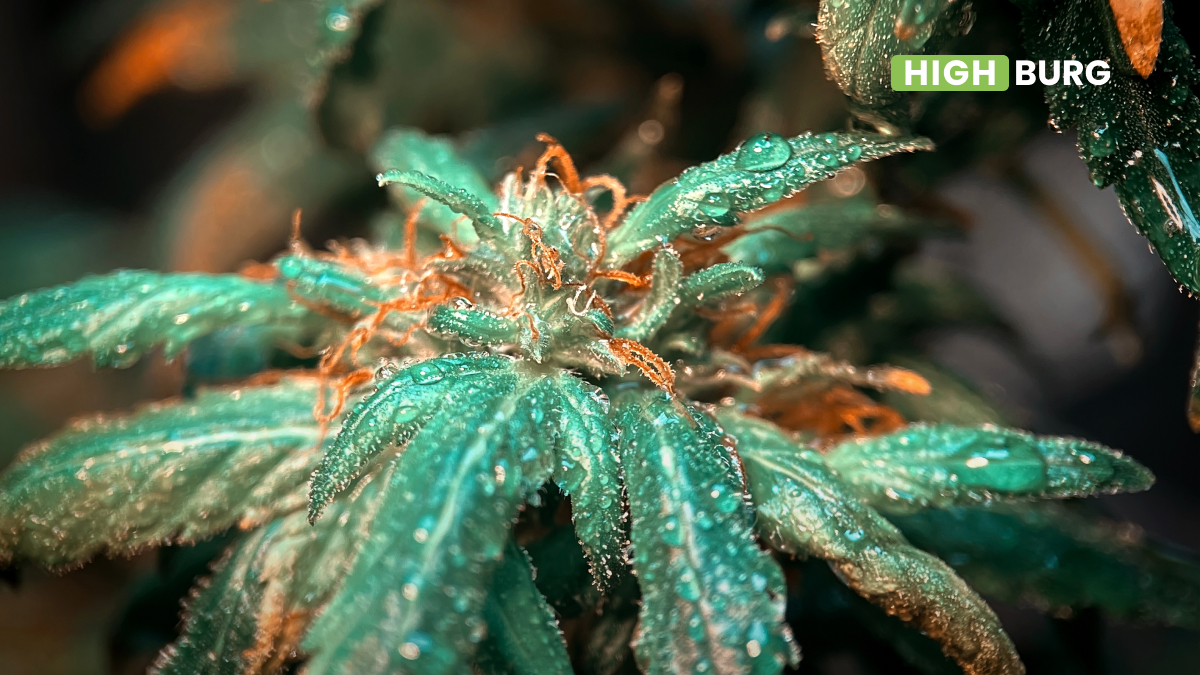Tons of people turn to growing their own cannabis for a whole host of reasons. It’s less expensive than the dispensaries in a lot of states. They can grow the exact strains they want. And, growing anything for yourself can be just plain fun, whether that’s tomatoes or cannabis.
Still, growing cannabis might not be as easy at it appears, and there’s some real science behind getting the best yield and the best quality inflorescences from your plants. An important part of that picture is watering.
The Soil
Before you even get to water, it’s important to consider the soil that you’re growing your plants in because it will affect how often you need to water your plants, how accessible that water is to them, and how their roots grow.
Cannabis plants do best in loose soil with good drainage. The loose soil allows both the water and the roots to spread. It also helps distribute nutrients that you may be add to your plant’s water evenly for optimal absorption.
When the soil is too dense, both water and nutrients tend to pool. This might appear to be a good thing because you’ll need to water your plants less frequently, but it doesn’t promote growth, and can actually lead to mold growth and root rot.
Ideal Water Conditions
The water itself is also important. Most people don’t think too much about it, but water is more than just water. Unless you’re using distilled water, there are minerals, nutrients, and even potential contaminants in the water that you give your plants. While it’s possible to get really particular about water, there are a couple of key points you need to keep in mind.
Plants typically thrive in one specific pH range. If the pH is too acidic or too alkaline, the plant will not thrive, and it can even kill the plant in more extreme cases. You need to keep your water’s pH within the ideal range for cannabis plants. Cannabis plants do best with a pH between 6.0 and 6.8, with 6.5 close to the ideal value.
You also want to monitor dissolved minerals in the water. You can get a PPM meter to measure the dissolved minerals in your water and make sure they’re within the ideal range. Plants in the vegetative growth stage do well with around 500ppm. Once the plants transition to the flowering state, though, they need at least 100ppm to thrive.
While using unfiltered tap water probably won’t kill your plants, it’s best to use filtered water. A home reverse osmosis filter can remove contaminants for both you and your plants, while maintaining beneficial minerals. You can also set up a rain barrel to collect natural rainwater for your plants. Just be careful that you’re not introducing mold, bacterial, or anything else that may harm your plants.
How Much Should I Water Cannabis?
Yes, there is such a thing as too much water, and it’s a common mistake new growers make. The amount of water your plants need will depend both on your soil and the state of growth your plants are in. Of course, environmental factors can play a role too. The dryer the environment is, the more water your plants will need.
When you’re first germinating your seeds, you should water them every 4-7 days. While the seeds need moisture, too much can easily lead to mold. Then, once they sprout, the seedlings need water about every 3-7 days.
After your plants grow out of the early seedling stages and start to develop their actual leaves in the vegetative state, you can increase watering to 2-4 days. When it gets closer to harvest and your plants enter the flowering stage, increase watering to every 2-3 days.
These time-frames are loose guidelines, and you should always check your plants yourself. You don’t want to flood your plants, and too much moisture will grow mold. It’s best to check the soil with your finger. Stick your finger two inches into the soil. If it’s damp, wait and check again the next day. You want the soil to be dry on the surface before watering again.
You should be able to figure out fairly quickly what your plants need and how frequently their soil dries out. It really comes down to remaining vigilant and keeping a close eye on their health. If you do that and the conditions are kept under control, your plants should flourish.
